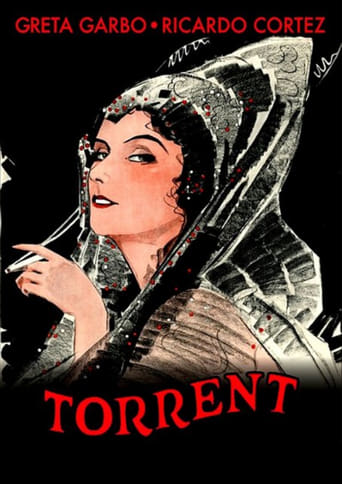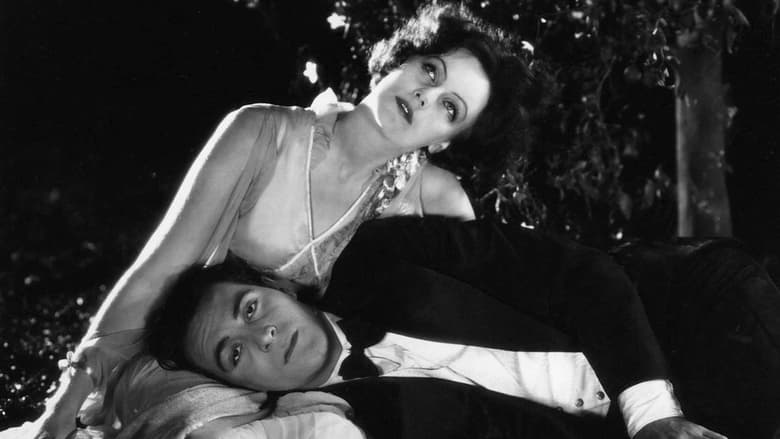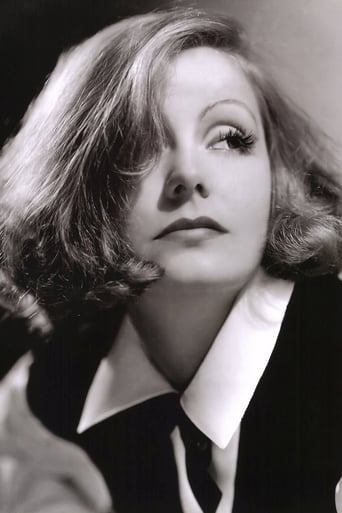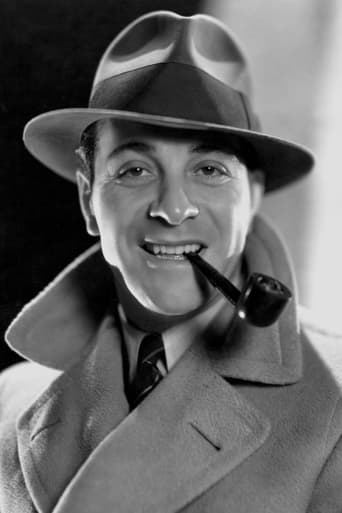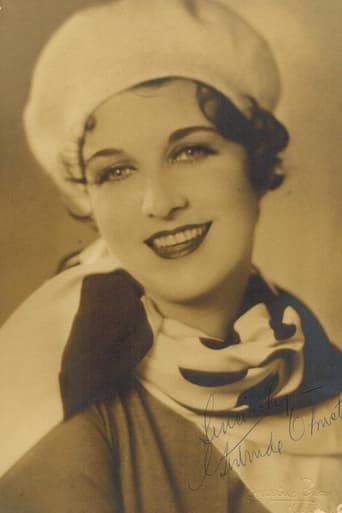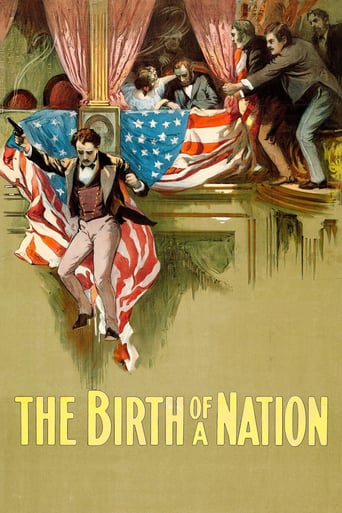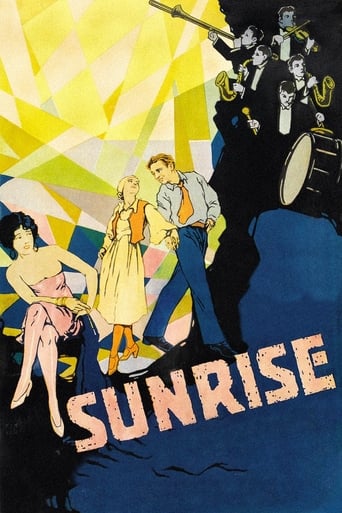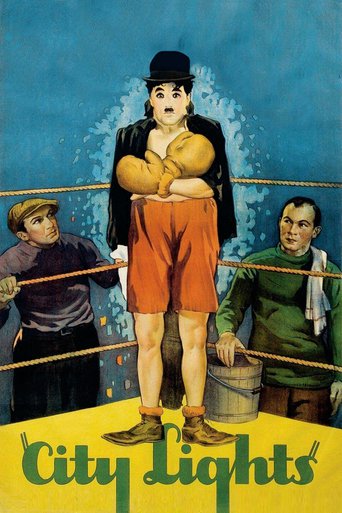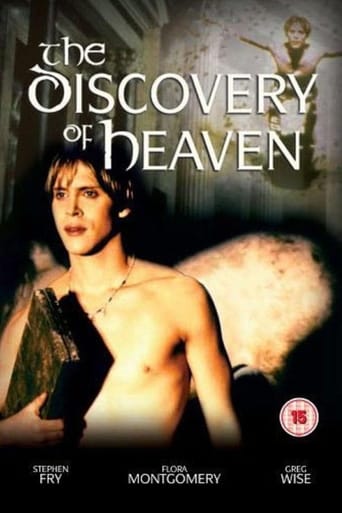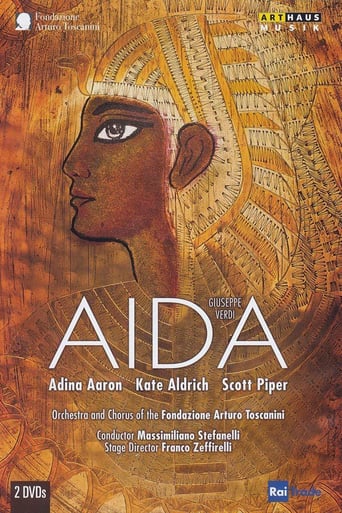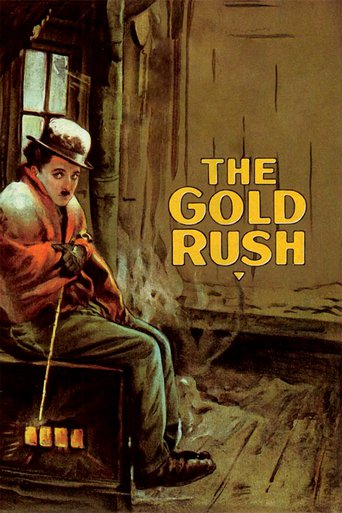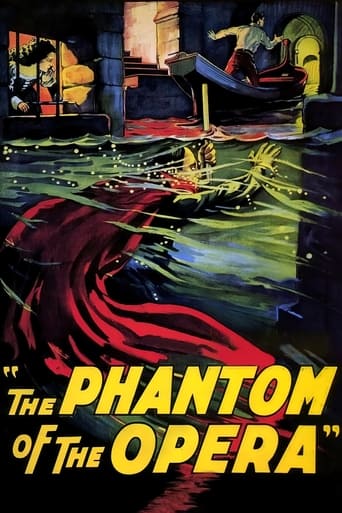Torrent (1926)
A young girl and her father are kicked out of their house by a cruel noblewoman, and the girl's heart is broken when her sweetheart, the noblewoman's son, won't go to Paris with them. After becoming an opera star in Paris, the girl returns to her homeland and finds her romance with the nobleman rekindled.
Watch Trailer
Cast


Similar titles
Reviews
Very well executed
Please don't spend money on this.
Best movie ever!
The movie's not perfect, but it sticks the landing of its message. It was engaging - thrilling at times - and I personally thought it was a great time.
It is remarkable that short of some 60 minutes of The Divine Woman, Greta Garbo's entire career and filmography has survived for our enjoyment. Torrent, her first American film after two feature-length European films, is remarkably impressionable. Now for the first time seen on the DVD release from Warner Bros. (it's previous availability consisted of a piecemeal ten parts on You Tube), her first MGM vehicle is absolutely stunning! The MGM back lot sets are resplendent of old Spanish countryside, Monta Bell's direction is brilliant, and Garbo's technique- from subtle gestures to facial expressions in closeups are very much in evidence. In yet another great Ibanez novel adapted to the screen, the heroine is a Spanish girl of a poor family who is spurned by a rich lover and runs off to Paris to pursue a career as an operatic singer. She subsequently returns to her small Spanish town a famous diva. In essence a story of the conflict of romantic love versus cultural duty and societal trappings. There are many great scenes. There is one erotic shot in particular in which leading man Ricardo Cortez lays in the lap of Garbo that clearly provided the inspiration for the now legendary love scene with Garbo and John Gilbert in Flesh and the Devil. The exteriors during the flood scene rival those shot in The Temptress. Altogether, great casting, tremendous special effects and an actress who captivated the movie-going public then as now make for an early work in the development of a film icon that surprises and delights. Where I had once thought it merely hinted at an astounding talent yet to come, Torrent shows clearly that by 1927 Garbo was already delivering the goods.
THE TORRENT (Metro-Goldwyn-Mayer, 1926), titled "Ibenez' Torrent," a Cosmopolitan Production directed by Monta Bell, taken from novel by Vicente Blasco-Ibanez, stars Ricardo Cortez in a melodramatic story about lost love. As his co-star is Greta Garbo making her American screen debut. A native from Sweden with "Peter the Tramp" (1922), "The Story of Gosta Berling" (1924) and "The Street of Sorrow" (1925) and a few others to her screen credit, Garbo's introduction to the American screen casts her as a Spanish peasant girl with operatic talent. It is she who makes her screen presence prior to Cortez's introduction, wearing beret, riding his horse like a dashing hero, but by the film's end, it would be Garbo whom audiences and critics remembered best of all. With first impressions being vital for newcomers to the screen, TORRENT became the turning point for an actress whose name would become legendary. Opening title: "Spain - Springtime under the blue skies of Valencia - cobbled streets and hanging balconies - hot sunlight and orange blossoms - the soft air drenches with sweetness." Leonora Moreno (Greta Garbo), a young girl instructed how to sing by Cupido (Lucien Littlefield), the town barber and singing master, loves Don Rafael Brull (Ricardo Cortez), and he in love with her. His mother, Dona Bernarda (Martha Mattox) has other plans for her son, none having to do with his proposed marriage to Leonora. Because she holds a mortgage on the Moreno farm, Bernarda arranges for Don Andres (Tully Marshall) to have Leonora and her parents, Pedro (Edward Connelly) and Dona Pepa (Lucy Beaumont). Homeless ("Thank God for tragedy. It forces us to go forward," replies Pedro), Leonora relocates to Paris with her father while her mother remains behind, earning a living scrubbing floors. Before leaving, Leonora sends a note for Rafael to meet with her, but his mother, who doesn't want her to disgrace the family name, forbids him to ever see her again, an argument that forces Rafael to tear up Leonora's note and throwing it into a pig sty. As for Leonora, she learns the truth and leaves without saying goodbye. Years later, Leonora, whose father has since died, has become the renowned opera singer La Brunna, the idol of Paris, with Salvatti (Arthur Edmund Carewe) as her mentor, while Rafael rises from deputy to a political career with Remedios Matias (Gertrude Olmstead), a new romantic interest whom mother approves. Longing to return to her old village and see her mother, Leonora meets with Rafael once again, leading to further developments including a disastrous rain storm, a dam burst leading to a severe flood causing destruction to the town, and worse, the interference of Rafael's mother in keeping the two lovers apart by demeaning her good name.Ricardo Cortez, reportedly born Jacob Kranz in Vienna, Austria, is quite convincing as a Spaniard, though one wonders what current heart-throb Rudolph Valentono might have done with his role in this MGM production? There are times Cortez resembles Valentino, which was probably intentional. Interestingly, as Cortez's character is allowed to age through the passage of time, the one of Garbo's does not, at least not much. Their characters, very much in love, equally balanced with ambition to succeed, only to realize success means nothing in their separate lives. The flood sequences midway through the story is well constructed for its time, but unlike other disaster movies, this one doesn't up enough time to turn this 88 minute production into a two hour spectacular.For Garbo's initial Hollywood role, her physical presence appears more like the current style of either Norma Shearer or a Carol Dempster. Regardless of hairstyle and trend, the Garbo technique is evident, especially during its latter part of the story. Others members of the cast include Mack Swain (most notable for his work opposite Charlie Chaplin in 1925s THE GOLD RUSH) as Olmstead's father, "the pork king" who loves his hogs; Lillian Leighton as Isabella; and Mario Carrillo as The King of Spain.Seldom shown since its initial premiere, THE TORRENT was finally brought back in circulation when cable television's Turner Classic Movies premiered this rare find on June 8, 1997, with new score composed by Arthur Barron. The orchestration is fine, depicting the culture and background of Spain, but not something one's accustomed to by way of organ or piano accompaniment, which really isn't a bad thing in this case, though. THE TORRENT may not live much to its title, but Garbo certainly lives up to her promise as MGM's latest addition to its cavalcade of stars. (***)
Garbo's first two films were adaptations of Ibanez novels. This first, TORRENT, fares much better than the second, THE TEMPTRESS. The latter was overlong and uninteresting, giving Garbo little to do but stand around and look seductive until her last scene, when she is finally allowed to act. Here in TORRENT, she is in total command from beginning to end and as convincing as a Spanish peasant girl, all innocent and loving, as she is portraying a famous diva.She and Ricardo Cortez are in love but he is a landowner and his mother forbids the alliance, causing the young girl's family to be ousted from their home. The father takes his daughter off to Paris where her trained voice (she had been taking lessons from the local barber) is sure to be a hit. Mother is left behind. Cortez gets his second chance when the famous La Brunna (Garbo) returns to her home to see her mother and entice Cortez yet again. He fails to win her and she leaves. As she is about to depart for America he visits her again but again he fails to have the courage to "break his mother's heart" and marry against her wishes.The only thing difficult to sustain us through all this is that Garbo still loves him although he is obviously a weak-willed, mother-dominated man. Garbo is radiant and totally believable throughout.The film holds up well despite some plot problems. Why did the moneyed and successful La Brunna allow her mother to continue to live in poverty as a charwoman? Why is everyone in the home town so dim as to not figure out how La Brunna got her wealth until the confrontation scene where even Garbo's mother rejects her for being "a bad woman?" She does have a wonderful scene when confronted by Cortez, she blames him for her state, since his initial rejection of her led her to her current path for survival.Despite these bits of unbelievability, this tale of lost love and bittersweet romance plays well. In Garbo's first two films she was paired with "latin" hopefuls, Ricardo Cortez and Antonio Moreno. Neither could hold their own against her, although Cortez is memorable here in the last scenes as an older broken man.TCM shows a tinted print using four tones (sepia, blue, lavender, red) with a fine orchestral score and sound effects. The new score is by Arthur Barrow. There is some obvious deterioration in some of the title cards. The special effects of a dam breaking during a rain storm and the torrent gaining on two characters in a boat are quite well done. Another dam breaks in THE TEMPTRESS- Ibanez was fond of this device, no doubt.Garbo wears two wonderful creations - a striped chinchilla outfit and a harlequin outfit. There is a brief kissing scene where Cortez is prone and she takes the active on top position - this was to be repeated in FLESH AND THE DEVIL with John Gilbert.All in all, this tale of honor, love and the importance of being true to oneself is well done - the double irony at the end is quite poignant. Recommended for all, not just Garbo fans.
I was given the opportunity to see this 1926 film in a magnificently restored theater that was once part of the extensive Paramount chain of vaudeville houses. This Paramount has a Mighty Wurlitzer' organ also magnificently restored -- that was used to accompany the silent films of the day.We were fortunate enough to have Dennis James, a key figure in the international revival of silent films at the Mighty Wurlitzer playing appropriate music and thematic compositions fitting to the action on the film. The print was a nearly perfect digital copy of the rapidly decaying nitrate negative and the entire experience was a once-in-a-lifetime chance to see a silent film as it was meant to be seen.This was Greta Garbo's first American film. She was only 20 years old but already had 6 Swedish films in her repertoire.It is somewhat ironic that this is a silent film about an opera star; even though the Mighty Wurlitzer added immensely to the mise-en-scene, it was necessary to leave much to the imagination.Modern audiences, for the most part, do not understand silent films Acting was different then, with expansive gestures and broad facial expressions. Therefore audiences laugh at inappropriate times the acting is seen as hammy' and over-done but it was simply the style of the period.Garbo, with all her subtlety, did much to usher in the new age of acting: she could say more with a half-closed eye and volumes could be read into a downward glance or a simple shrug. She exemplifies the truism that `a picture is worth a thousand words.'Even though this is Garbo's first American film it is pretty obvious the studio knew what they had on their hands: This was MGM filmmaking at its best. The sets and costumes were magnificent. The special effects which by today's standards are pretty feeble were still electrifying and amazing.The script by Vicente Blasco Ibanez (from the novel by Entre Naranjos) would seem to be tailor made for Garbo; it showcases her strengths, magnifies her assets and there is no pesky language problem to deal with: a Swedish actress can play a Spanish temptress with no suspension of disbelief on our part.Her co-star was MGM's answer to Rudolph Valentino: Ricardo Cortez. He does an admirable job and did something that few romantic stars of the day ever would have done in a film: allow himself to look unnactractive, appear foolish and to grow old ungracefully.There are some fairly good character parts that are more than adequately acted especially when you consider the powerhouse that was Garbo. Notable among them are Lucien Littlefield as Cupido' and Martha Mattox as Doña Bernarda Brull.'This is when the extraordinary cinematographer, William H. Daniels, met Garbo they went on to make 20 films together. (He was the cinematographer on 157 films and his career spanned five decades!) He was able to capture her ethereal beauty and it was his photography that was primarily responsible for the moniker by which she became known: The Divine Garbo. Without his magnificent abilities she would not have been the success that she was.Seeing this film is an all-too-rare opportunity: if you ever have the chance, do not miss it.

